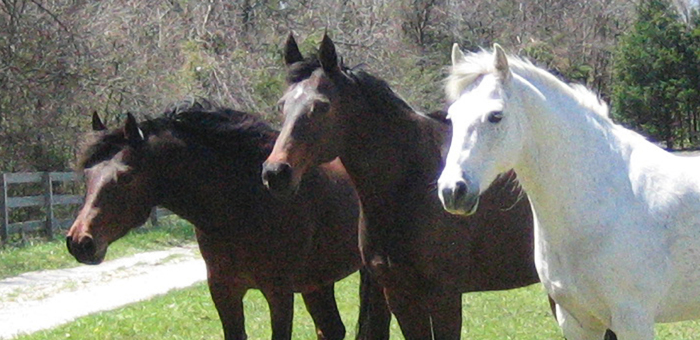Who we are

Welcome to Laminitis Help, a site for horse owners whose animals have developed laminitis or founder.
In 2009, I launched this site by saying: If you own a laminitic horse, I don’t need to tell you that you live in a world unlike any other — one filled with frustration, desperation and guilt, and one where you’re only as happy as your laminitic horse each day. I posted a survey at the time to allow people to share their experience with the hopes that we’d spot some trends for what was causing laminitis or perhaps working as a treatment. I took down the survey once new developments made it irrelevant.
A lot has happened since 2009, and the future for horses with laminitis may be less grim. The new injectable drug Laminil, a mast cell stabilizer, may provide a means for stopping an acute bout of laminitis while the trigger of the bout is determined. This could prevent a lot of damage to the foot.
I have become much more of a student of hoof care. I was originally of the opinion that there was no point in spending a lot of time on the hooves unless you could stop the cause of the laminitis. Not true. You can create new problems by not addressing deformed growth in the hoof.
Also, new supplements have hit the market to lower insulin resistance in horses, and at least some seem effective.
In 1997, I moved six healthy performance horses to a new farm in Missouri, and all of them foundered. My lovely mare Angel developed an acute case of laminitis after a three-week stint of icy, wintry weather in February 2004. By that summer, her feet looked like they would fall off. Somehow, by the next year, she was back in business, though never without severe damage to her feet. She just willed herself to get around. I lost her in May 2011, when her left coffin bone not only disintegrated beyond recognition but also developed a fracture. Not one researcher in the world could give me any hope of saving her.
I lost Stitches in September 2010. And Robin Hood in 2018. Kurt, now 26, is my last horse.
I have searched high and low for something on my farm that would cause my horses so consistently to develop this disease when their relatives living in similar settings on similar diets have not suffered similar fates. I will keep plugging away at this until we know what happened here. Join me if you’re looking for a place to hang out.